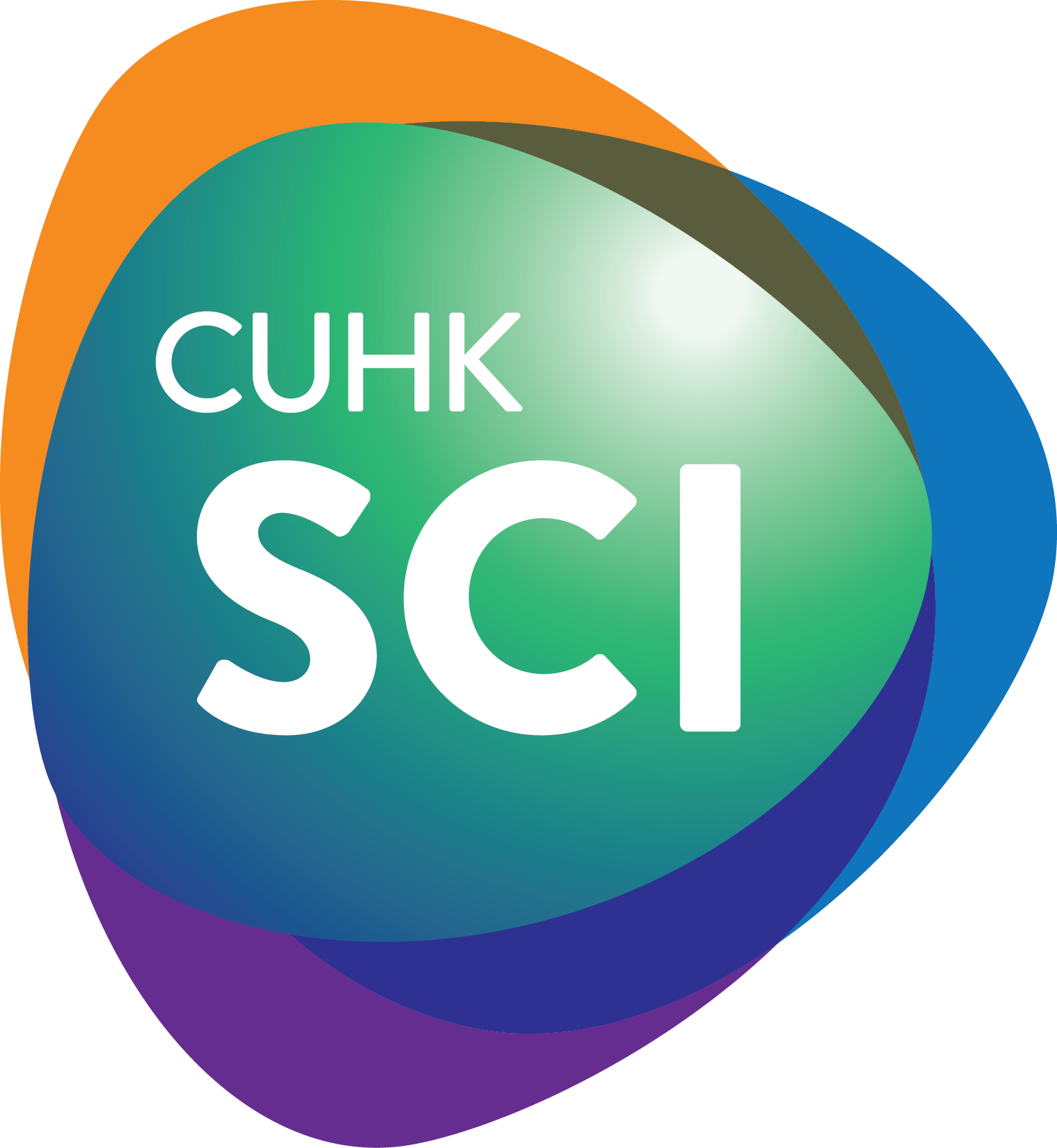RESEARCH
Quantum Physics & Optics
Cold Atoms and Molecules
Production and investigation of molecular quantum gases with strong dipolar interactions. Studies of a double-species Bose-Einstein condensate with tunable interactions.
(D.J. Wang)
Nanoplasmonics and Nanophotonics
Localized surface plasmon resonance endows metal nanoparticles with rich and fascinating optical properties, including controllable plasmon wavelengths, extremely large scattering/absorption cross-sections, strong light confinement, and hot charge carrier generation. These properties in turn allow metal nanoparticles to be used in a wide range of applications. We are intensively studying the properties of various metal nanoparticles, understanding their interactions with other optical species, and exploring their applications in optics, spectroscopy, sensing and photocatalysis.
(J.F. Wang)
Optics
Quantum Information and Quantum Physics
Quantum Information and Quantum Physics
Fundamentals and applications of quantum coherence, focusing on quantum coherence and decoherence, quantum sensing, quantum computing, and foundation of quantum physics. The specific research topics include
- understanding and combating decoherence of quantum objects in realistic environments – a critical issue in quantum information processing and a fundamental question in quantum mechanics;
- quantum many-body theory on dynamics in complex quantum systems (such as spins in a complex network), including the patterns and flow pathways of quantum entanglement and correlations, using cluster-correlation expansion, tensor-network techniques, machine-learning algorithms, and exact numerical simulation;
- quantum sensing – exploiting quantum coherence for ultra-sensitive detection and high-precision measurement, especially quantum coherence of nitrogen-vacancy center spins in diamond or similar systems for single-molecule nuclear magnetic resonance and atomic scale magnetic resonance imaging, bio-sensing, detection of quantum many-body physics, and loophole-free test of the quantum foundation;
- topological phenomena in quantum optics and in extreme nonlinear optics, especially quantum simulation of topological condensed matter physics using Fock-state lattices in atom-photon coupled systems, measurement of geometric quantum phases using high-order sideband generation in condensed matter systems under strong terahertz field, and quantum many-body correlations in superradiance masers.
(R.B. Liu)
Quantum Optics and Quantum Information Experiments
Quantum Sensing
Theoretical Ultracold Atoms and Molecules
We are interested in systems with relatively low temperatures where quantum mechanics plays a significant role. Because the ultracold gases are typically dilute, the range of interaction is typically negligible. Specific research topics include
- Few- and many-body physics with ultracold atomic and molecular gases. We typically use two types of approaches to study the many-body system:
- bottom-up approach, i.e., investigating systems of one, two, three, and four particles with the goal of gaining insights into the characteristics of the many-body system;
- top-down approach. For example, the many-body ideal Fermi gas equation of state could be improved if we consider two-body and three-body corrections.
- Quantum Simulations with ultracold atoms and molecules: engineering ultracold atomic gas to simulate system Hamiltonian originated from condensed matter physics (such as topological state of matter), nuclear physics (such as unitary Fermi gas), etc. Compared to the original system of which the Hamiltonian is often fixed, the platform of ultracold atoms provides a clean and tunable playground.
(Y.Q. Yan)
Ultrafast Light-matter Interaction
Theoretical studies of ultrafast strong-field atomic physics: multiphoton and tunnel ionization; high-order harmonic generation.
(Marco Y.H. Lai)

